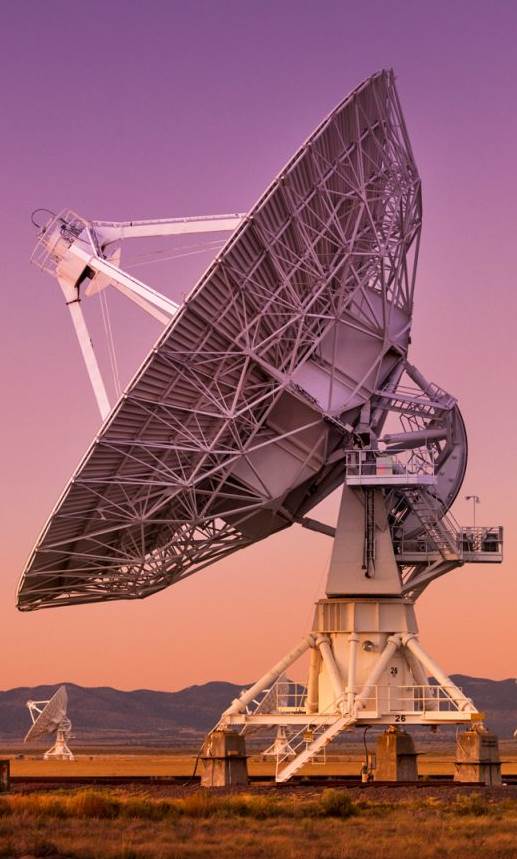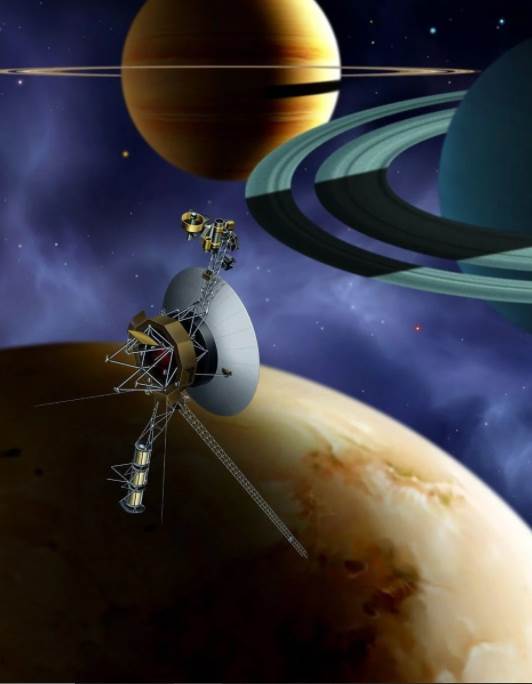
NAVSEA.space
Eyes On The Skies
Searching observational data sources for the emergence of novel variable spectrum anomalies.

Searching observational data sources for the emergence of novel variable spectrum anomalies.
Radio telescopes are valuable tools. Starting with the first radio antenna is 1932, they have been used to gather data for the last 70 years.
The first purpose-built radio telescope was a 9-meter parabolic dish constructed by radio amateur Grote Reber in his back yard in Wheaton, Illinois in 1937. The sky survey he performed is often considered the beginning of the field of radio astronomy.
The telescope array is a set of separate telescopes, mirror segments, or radio telescope antennas that work together as a single telescope to provide higher resolution images of astronomical objects.

Different radio frequency ranges require the use of different types of radio telescopes. Data is collected from a multiple array of telescopes. .
The increasing use of radio frequencies for communication makes astronomical observations more and more difficult. Negotiations to defend the frequency allocation for parts of the spectrum most useful are coordinated in the Scientific Committee on Frequency Allocations for Radio Astronomy and Space Science.

Satellites have many important functions. One of the most basic functions is collecting and receiving information.
There are six main types of artificial satellites. They are scientific research, weather, communications, navigation, earth observation, and military. All these types are used for different reasons, they all have different functions. Scientific research satellites gather data for scientific analysis.
Ground-based telescopes can only use information from the parts of the electromagnetic spectrum that penetrate the Earth's atmosphere. Many of the most interesting phenomena are studied at frequencies that are best or only accessible from high in the atmosphere.
Spacecraft and space-based modules do particle and wave detection.
Space-based observatories are platforms located beyond Earth, either in orbit around a planet, traveling through our solar system, or reaching into deep space.
Gamma ray telescopes collect and measure individual, high energy gamma rays from astrophysical sources. X-ray telescopes measure high-energy photons called X-rays. Ultraviolet telescopes make observations at ultraviolet wavelengths, i.e. between approximately 10 and 320 nm. Microwave space telescopes have primarily been used to measure cosmological parameters. Radio telescopes in space are most useful for Very Long Baseline Interferometry

Novel Advanced Variable Spectrum Emergent Anomalies(NAVSEA.space) is a consortium of research scientists focused on the detection, observation and analysis of variable spectrum emergent anomalies.
NAVSEA.space is not a department within, nor is it associated with, the U.S. Navy.
NAVSEA.space is a solely independent agency comprised of dedicated research scientists from around the world.
The research conducted is broad spectrum, across multiple discipines, including: